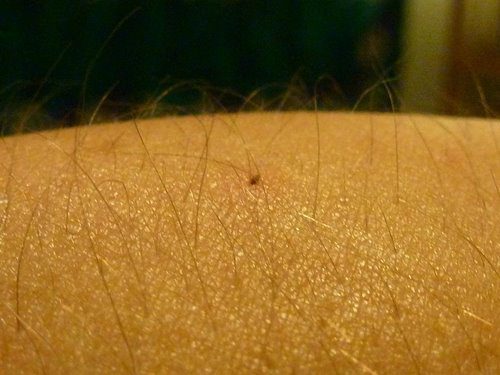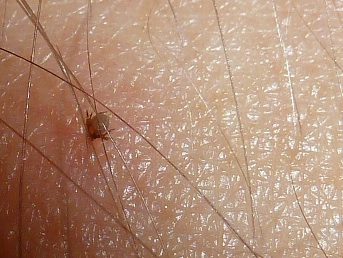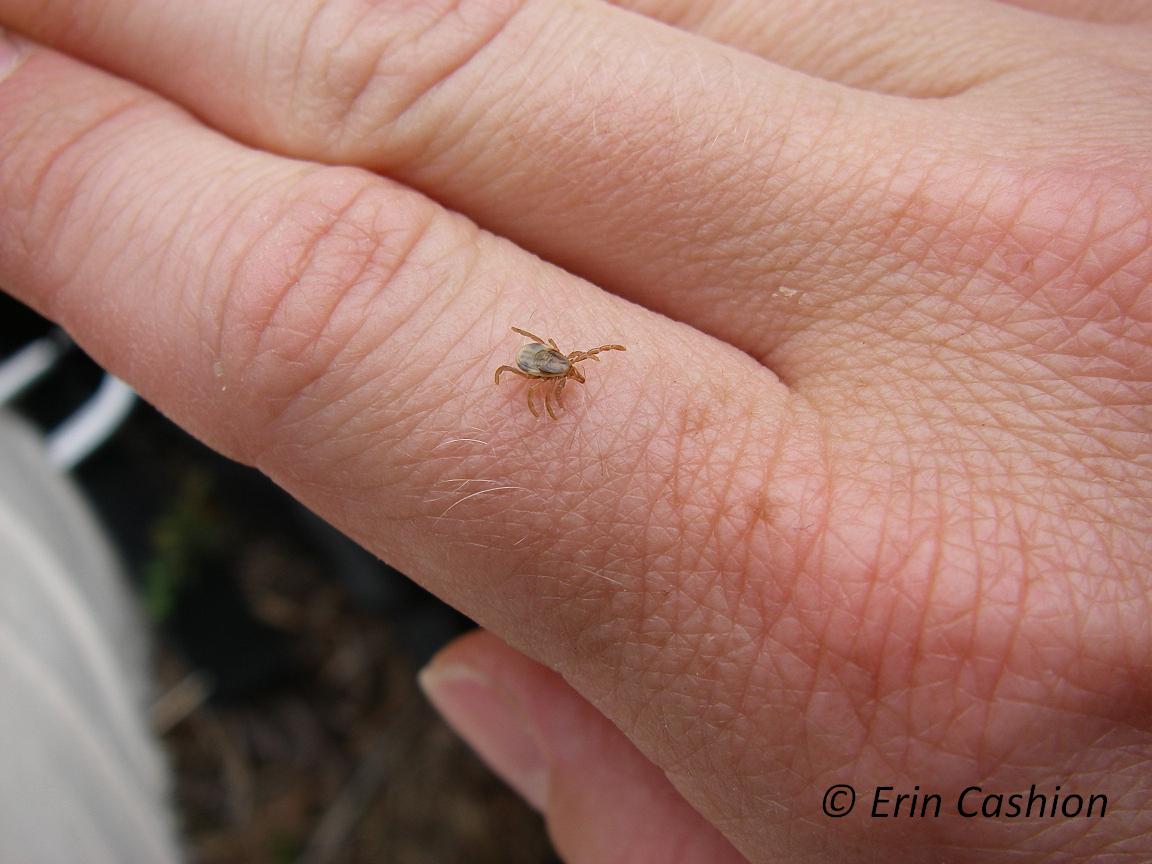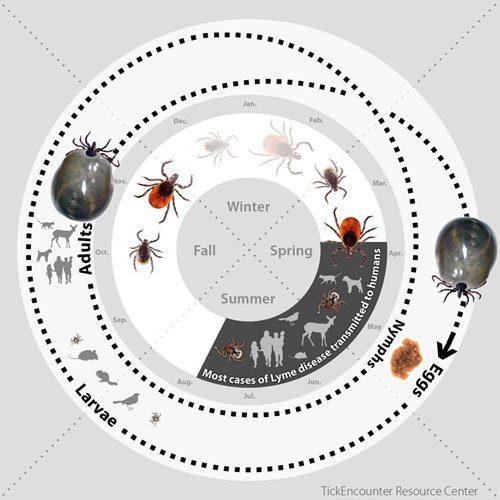Cookies in Collections
Ready to cook up a holiday tradition? Learn more about artifacts related to baking cookies in the collections of the Ohio History Connection.
Late one evening following a visit to one of our Natural History sites, I saw something on my arm.

Is it a freckle? A mole?

OMG IT’S A TICK.
I’m a nature enthusiast and have played host to all manner of multi-legged (or no-legged) critters, but ticks still give me the heebie jeebies.
And this one was infinitesimal. I mean, really really REALLY tiny. It’s a wonder I saw it in the first place. And of course, one can’t see a tick on one’s body, and not immediately become stricken with Lyme paranoia.
Lyme is caused by the bacterium Borrelia burgdorferi and transmitted by Ixodes ticks; in Ohio it is transmitted by I. scapularis, the Eastern Black-legged Tick (a.k.a. deer tick). Early symptoms of Lyme can be flulike, and the famous bulls eye rash around the bite may not form in up to 30% of those infected. Long-term neurological problems are possible if left untreated (or undetected), and there is still a lack of consensus about how to diagnose and treat it.
But that’s not all! In some people a bite from a Lone Star Tick (Amblyomma americanum) and some other species can result in a possibly lifelong allergy to red meat. (In case you are wondering, “red meat” also includes marsupials, as one friend of mine with this condition can attest.)
And if that wasn’t enough, the bite from up to 64 species of tick around the world (including at least 2 in North America) can cause paralysis. Tick paralysis is almost chiefly a concern for pets and livestock, but small children are sometimes stricken. Symptoms include limb weakness and partial face paralysis, and can culminate with heart and lung failure. Unlike Lyme however, the paralysis is not caused by a pathogen but rather a neurotoxin in the tick’s saliva, so symptoms disappear after the tick is removed.

The Paralysis Tick (Ixodes holocyclus) of Australia, taking a stroll on yours truly.
I’ve probably been assailed by a countless multitude of possibly worse threats to my immune system, but I don’t mess around with Lyme. My little friend had to come off. I also had to ID the species, but it was so small that I couldn’t use my fingers, and I feared the dreaded “puke response“ if I tried to simply scrape it off, and it was almost too small to grab with tweezers. What to do!?
So I turned to the Internet for help and quickly found the excellent website http://www.tickencounter.org/. In short order I knew the proper way to remove a tick.
I grabbed my trusty Pointy Tweezers, swabbed the site in alcohol, plucked off the tiny hitchhiker by the head and put it in a Ziploc bag. Through the wrong end of my binoculars, I could see its eight legs flexing feebly. It was indeed a deer tick, but being smaller than a poppy seed, it was only a larva and thus no threat.
To understand why, its helpful to understand the deer tick life cycle.

Deer ticks do not hatch carrying the Lyme spirochete, but pick it up as larvae (or nymphs) from infected rodent hosts such as mice, rats and chipmunks (these are termed reservoir hosts–deer cannot transmit the pathogen, and are only reproductive hosts). This particular tick had the misfortune of choosing a paranoid human as its very first host, thus never had a chance to pick up Lyme, so I was in the clear… for now.
This is great news, but what does this all have to do with rattlesnakes?
For Part II, click here!